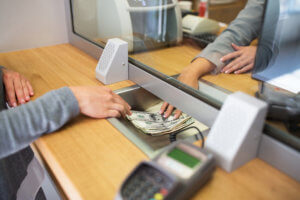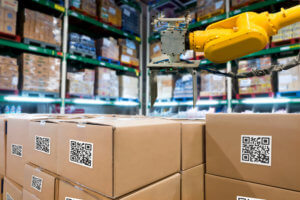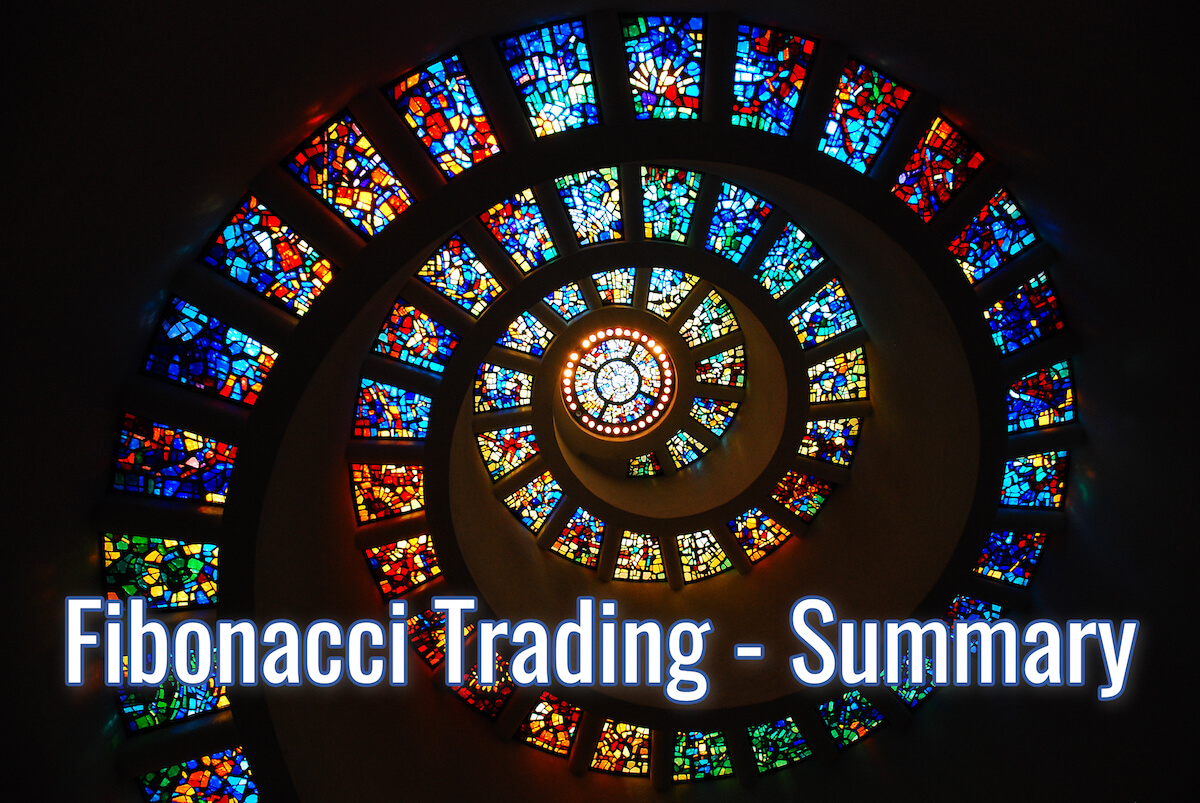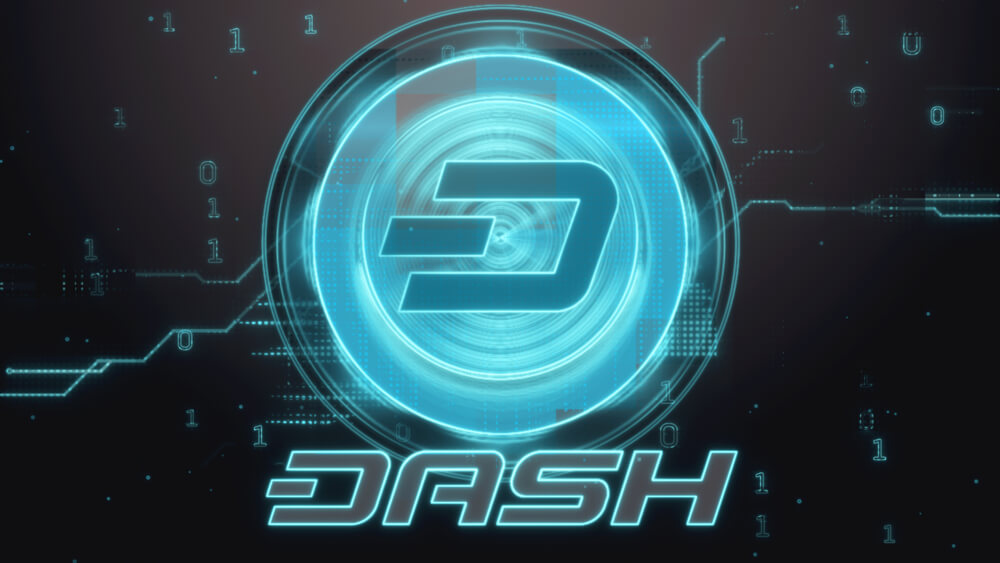Introduction
We have seen many topics related to blockchain explaining different facets of the technology. This article is an attempt to put together the main aspects of the technology and how it has shaped up so far from the invention of bitcoin as the first application of blockchain technology.
🔗 Cryptocurrencies
The blockchain journey starts with cryptocurrencies. The blockchain technology journey started with the bitcoin platform. The coin is the first cryptocurrency ever, and it changed the course of the finance industry for good. Cryptocurrencies include the properties of cryptography, which result in the property of immutability.
Peer-to-peer networks lead to decentralization, which has become the need of the hour with ever-growing frauds. The cryptocurrency platforms use different consensus algorithms like Proof of Work, Proof of Stake, Delegated Proof of Stake, Proof of Burn, etc., which overcome Byzantine Fault Tolerance issues. People who maintain the network and confirm the transactions are incentivized using the local currency of the platform.
🔗 Cryptocurrencies with enhanced privacy features
Blockchains being transparent, it is easy to find the transactions done by different users in the platform. Hence a few platforms have enhanced privacy features so that the transactions made are not traceable. Coins from the Cryptonote family are a good example. Monero is an excellent example from cryptonote, which uses ring signatures, which obscures the sender and receiver’s address. The amount is also restricted by default.
🔗 Different types of Blockchains
While cryptocurrency platforms have a protocol that they should be open and permissible, it is not a hard and fast rule for blockchain technology. We have permissioned ledgers, which are also called private blockchains. An excellent example of private blockchains is enterprise blockchains like hyperledger platforms.
We also have permissionless ledgers, which are public blockchains. Good examples of permissionless are cryptocurrency platforms. We have hybrid platforms as well, which are a mix of public and private, leveraging the properties of both the platforms wherever required.
🔗 Applications of blockchain other than cryptocurrency
Blockchain technology has made its way to almost all the fields. Healthcare, supply chain, agriculture, energy trading, valuable goods/diamond digitization, shipping industry, trade finance, music, publications, art, gaming, etc. Blockchain being a niche technology, the adoption is still low, but the recent surveys across the industries only prove that they have started implementing the technology or looking to implement at the moment.
🔗 Non-crypto applications on top of cryptocurrency platforms
Ethereum has many DAPPs developed and operating on its platform, but we cannot say that these applications run on cryptocurrency applications. Ethereum is a broad platform with a multitude of smart contracts operating on them serving different purposes. There are applications on the top of the bitcoin platform which convey messages. Protocols like Counterparty, Factum, Colored Coins allows the creation of tokens to denote something with a fraction of bitcoin value.
🔗 Projects to tackle scalability issues
The main drawback of blockchain platforms is scalability, and many projects have been developed to address the same. Segwit, segregation of witness aims to remove the signature from the main block and store it somewhere else to increase the block’s space for more transactions.
We have sidechains that intend to transfer some of the workloads to an adjacent chain, called sidechain, which may or may not run on the same consensus algorithm but are equally secured. The hacking of the main chain doesn’t affect the side chain and vice versa. The sidechains are used to test innovations and implement smart contracts if they are not feasible to run on the leading network.
Conclusion
These are some of the facets to show how blockchain as a technology has grown to address the drawbacks from one stage to another. Many have speculated that the technology is not very much useful and is overhyped. But with all the developments since its inception and all the money being poured into the technology, we can only say that it is here to stay and improve a lot and prove itself for time and again.



 One primary application of smart contracts lies in the healthcare industry. Transferring and sharing patients’ electronic medical records (EMR) should be done in the most secure way. We are not saying that the current technology is not secure at all. We are just saying that using this technology will enhance the existing security.
One primary application of smart contracts lies in the healthcare industry. Transferring and sharing patients’ electronic medical records (EMR) should be done in the most secure way. We are not saying that the current technology is not secure at all. We are just saying that using this technology will enhance the existing security. Banking systems have undergone a lot of changes proportional to technology adoption by the people. Smart contracts can play a crucial role in the mortgages provided by banks or any non-banking financial institutions. Banks spend a lot of money to check if the property that is being mortgaged currently is already mortgaged or not. To check if the property does indeed belong to the person applying for the mortgage or not. If the documents of the property are placed in blockchain with the help of smart contracts, this can be verified in a click. This saves a lot of money to both consumers and banking, reportedly in billions.
Banking systems have undergone a lot of changes proportional to technology adoption by the people. Smart contracts can play a crucial role in the mortgages provided by banks or any non-banking financial institutions. Banks spend a lot of money to check if the property that is being mortgaged currently is already mortgaged or not. To check if the property does indeed belong to the person applying for the mortgage or not. If the documents of the property are placed in blockchain with the help of smart contracts, this can be verified in a click. This saves a lot of money to both consumers and banking, reportedly in billions. These days we have to provide our KYC documents at various places like to open a bank account, to take a sim card, driving license, registering property to name some. If the KYC documents are stored in a blockchain, with the help of smart contracts, the right people can be given proper authority to access them. Also, if any changes required from our side, we need to make a change at one single repository instead of making changes at every entity where we have given the documents.
These days we have to provide our KYC documents at various places like to open a bank account, to take a sim card, driving license, registering property to name some. If the KYC documents are stored in a blockchain, with the help of smart contracts, the right people can be given proper authority to access them. Also, if any changes required from our side, we need to make a change at one single repository instead of making changes at every entity where we have given the documents. Supply Chain is one major area that can benefit hugely using blockchain adaptability and thereby using smart contracts. There are various documents throughout the supply chain cycle which can be misplaced and tough to authenticate at and every area required. If smart contracts are used to share and verify these documents, a lot of time and money can be saved to clear the goods at national highways, significant seaports, etc. Provenance tracking can also be done, thus increasing the bar of trust among consumers.
Supply Chain is one major area that can benefit hugely using blockchain adaptability and thereby using smart contracts. There are various documents throughout the supply chain cycle which can be misplaced and tough to authenticate at and every area required. If smart contracts are used to share and verify these documents, a lot of time and money can be saved to clear the goods at national highways, significant seaports, etc. Provenance tracking can also be done, thus increasing the bar of trust among consumers. Voting can be achieved relatively and transparently using blockchain and smart contracts. With blockchain involved, no one can tamper with the election process, and with the smart contracts, it is possible to ensure the correct person is voting instead of the duplicity of votes.
Voting can be achieved relatively and transparently using blockchain and smart contracts. With blockchain involved, no one can tamper with the election process, and with the smart contracts, it is possible to ensure the correct person is voting instead of the duplicity of votes. We all know it takes time for the insurance industries to clear the claims as it takes time to check the claims for its authenticity. With the adoption of smart contracts, the respective authorities can easily fact check the claims. For example, for travel insurance, we can easily verify whether the flight is a delay or canceled, thus passing the request.
We all know it takes time for the insurance industries to clear the claims as it takes time to check the claims for its authenticity. With the adoption of smart contracts, the respective authorities can easily fact check the claims. For example, for travel insurance, we can easily verify whether the flight is a delay or canceled, thus passing the request.

